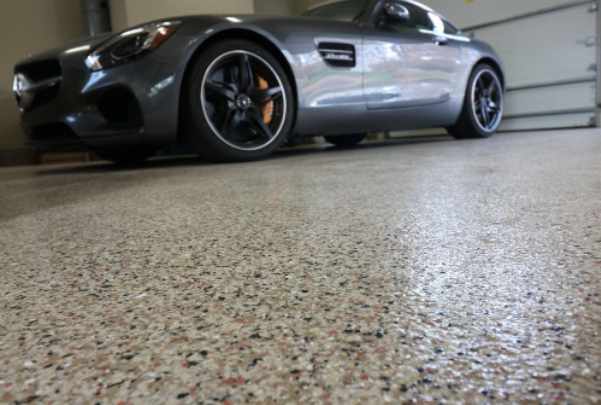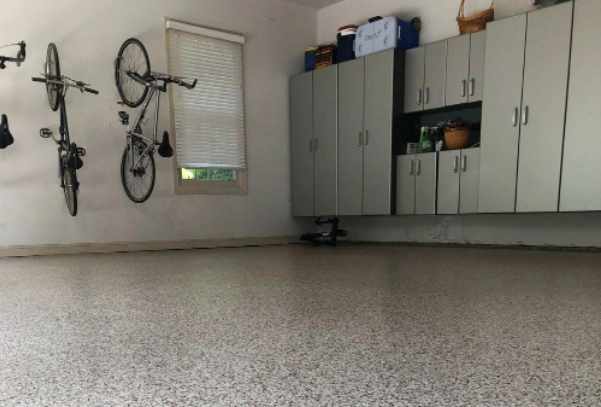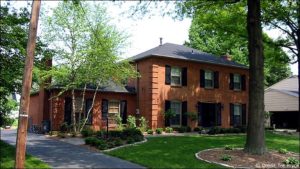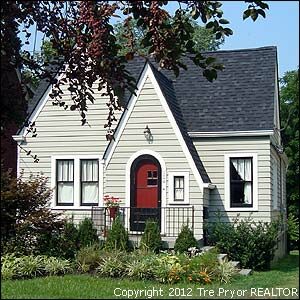Nowadays, you can get creative even with designing the floors at home. The surface reveals realistic images or 3D illusions with an innovative product like epoxy. Today’s article will introduce you to the different types of epoxy floor coverings, epoxy floor cost, and tips on cheap ways to renovate floors with epoxy.

Types of Epoxy Floors for Your Home Improvement
Epoxy floors are popular in garages, basements, commercial showrooms, small retail spaces, and other business areas.
Here is a quick overview of what exactly epoxy flooring is.
Components
Epoxy is made of two-part solids—namely resin and hardener (also called a catalyst). Resin is like a plastic liquid, and when a thin layer of it adheres to concrete, it spreads, resulting in a clear compound that coats the concrete. The hardener helps the resin solidify in less than a second once exposed to air.
Uses
Epoxy is a famous industrial material often used as an adhesive compound. It gives a strong bond between two rigid and heavy objects making them permanently stuck together. That is also what happens to the concrete floors with epoxy coating. The resulting product is an exquisite flooring system the epoxy floors.
The facts said above now bring us to the types of epoxy floors.
Types of Epoxy Floor Coverings

Epoxy has since evolved with many uses and developed with various additives to meet certain aspects of construction and engineering needs. We asked some home improvement warriors and experts, such as Epoxy Flooring Dallas, to list the known essential types of epoxy floor coverings.
1. Self-Leveling Epoxy
Today we’re looking at four main types of epoxy floor coverings. The first type of epoxy that you need to know is the most common, self-leveling epoxy.
As you would observe when you begin using the compound, the liquid state quickly spreads even without the help of any tool like the trowel or squeegee.
However, more features come out when the epoxy is enhanced. Also called self-smoothing epoxy, it comes in a fast-acting epoxy coating. Its specific uses include:
- Application to seal cracks
- Sealer and resurfacing material for hard word surfaces
- Used as sanitary floors for hospitals and other health hazard facilities
The self-leveling would be an excellent material for your homes, especially if you have high-traffic kitchens. It brings out a simple, high-gloss surface keeping it look clean.
The floors would look clean, but they would also be safe for everyone since it prevents the build-up of bacteria. You can also use this effectively for your home’s garage. Sle-leveling compounds help you fix hard-to-reach flooring cracks, especially those hidden under massive machinery and permanent fixtures on the floors.
2. Epoxy Mortar
From the most common type, let’s now go to the one that dominates the industrial spaces.
The epoxy mortar is useful for forklift areas and hardcore industrial facilities. Within these spaces, manufacturing activities happen—production areas where loads of packages are made and stored. Heavy and metallic shipment craters often go back and forth on the floors.
These spaces would eventually acquire deep cracks, wide gaps from the impact of falling objects, and heavy foot and machinery traffic.
While there would appear too much damage on the floor, the entire flooring system would still be functional. So the solution is the application of epoxy mortar.
If you ever wonder if there would be something more robust than concrete floors resurfaced with solid resin coating. Here is the mortar flooring, and this is made up of epoxy combined with sand quartz and graded sand.
This is perfect for spaces that require high performance under heavy impact. This would include restaurants, commercial kitchens, manufacturing plants, construction plants, etc.
3. Anti-Static Epoxy
If you are looking for a space that would be heat resistant or useful for reducing electric shock, this would be the anti-static floors.
As the name suggests, the anti-static floors prevent static from spreading or traveling across the floors. This incident would frequent rooms with lots of wiring set up like a studio. Or, if you have electronic shops, this is the flooring system you need to invest in. Such flooring helps break static current from electricity, even the sound waves.
With this, you get a sound and shockproof room. Sounds good, right? These are also known as ESD-resistant or electron-shock-resistant floors. So, how is this possible?
Well, the epoxy allows additives to get in it. For this particular product, conductive compounds are mixed into the epoxy coating, creating a specialized type of coating.
4. Epoxy Flake Chip
The words flake and chip may mean something else as a common sign of damage on the floors. However, a flake chip is now a specialized function and decorative element on the floor when it comes to epoxy.
Flake chip epoxy is enhanced by using decorative paint or vinyl chips. The result is a colored epoxy floor that, instead of having a color mixing effect, the vinyl chips become tiny particles that form pop-art-like patterns. Having chips of vinyl added on the floor adds slip resistance to it.
Convenient and Cost-effective Flooring Enhancement
You would often hear that epoxy flooring is an investment. Once you have the epoxy, you have the ultimate cost-saving solution for the floor. Imagine if, without a durable coating, the concrete floor would get constant damage.
Epoxy floors would be an excellent material that repairs cracks efficiently. Here are how to use epoxy for your home improvement on a budget.
- Plan your flooring project, and ask for help from expert flooring installers.
- Measure your flooring area. Choose a particular space that needs epoxy coating.
- If you have a massive flooring area, the damaged part can the epoxy coating, while the rest can take a cheaper application.
- You could cut the flooring budget with a multiple flooring system.
- Outdoor floor repairs will be cut in half if you make sure to protect and seal the surface.
Here are some perks to leaving you as you plan and think about your next epoxy floor improvement at home and even in your business spaces to wrap up today’s post.
- Epoxy is cost-effective, leaving you with low-maintenance floors.
- It is easy to clean, saving your budget for maintenance tools and buying cleaning solutions.
- Epoxy is eco-friendly, keeping the concrete floor materials from getting damaged, thus avoiding costly replacement.
- Epoxy helps brighten up a space that allows you to save electricity consumption.
- It has a high-gloss surface making a polished look at all times.
- Epoxy has low VOC and is suitable for indoors and animal-friendly homes.
- It has high slip resistance, keeping your spaces safe and free from slip hazards.



